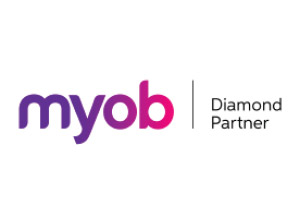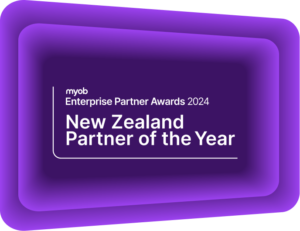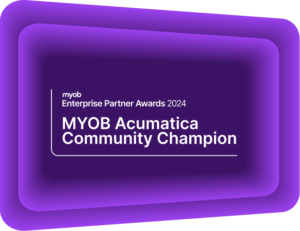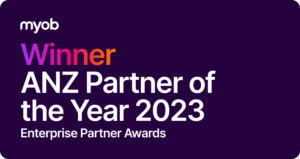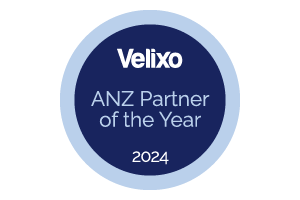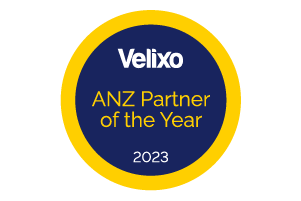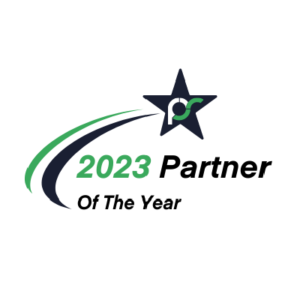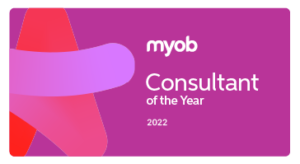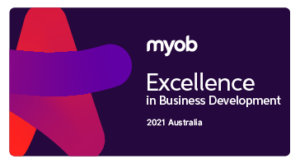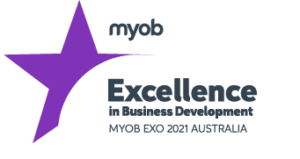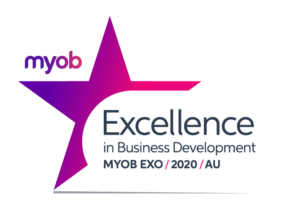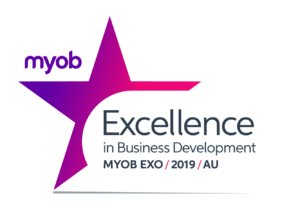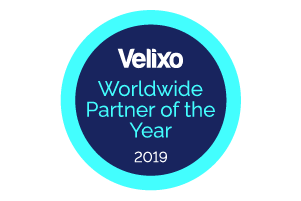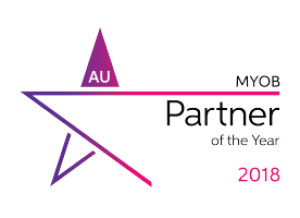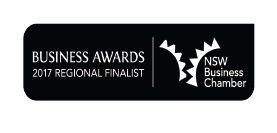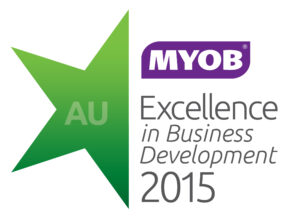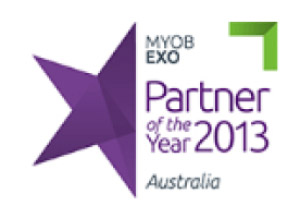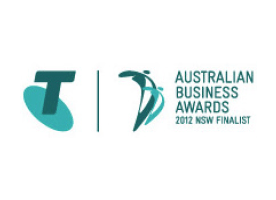8 Key Differences between MYOB Exo vs MYOB Acumatica
What you need to know before deciding which MYOB product is right for your businessEditors Note: This article was originally published in May 2016 and has been reviewed and updated in order to provide the most relevant and accurate information. You will notice the renewed version includes a 9th key difference between both MYOB Exo and MYOB Acumatica.
Kilimanjaro Consulting has been a long-time implementer of MYOB Exo and MYOB Exo Payroll software. What you may not know is that we also implement MYOB’s latest cloud-based offering, MYOB Acumatica (formerly MYOB Advanced) and MYOB Acumatica Payroll (People).
MYOB Advanced is now known as MYOB Acumatica
In July 2024, MYOB changed the name of the MYOB Advanced platform to MYOB Acumatica. This was to bring greater transparency to the alignment between the two companies that have been partners since 2014. The Acumatica Cloud Business Management Platform is the world’s fastest-growing cloud ERP system. It is developed by the Acumatica company in Seattle, USA. MYOB Acumatica is based on the Acumatica platform and has the same features and functionality. MYOB Acumatica is localised to the Australian and New Zealand markets, with local tax and compliance requirements.

MYOB Acumatica Support Brochure
Download nowKey differences between MYOB Acumatica and MYOB Exo Business
Not sure what the difference is? If you’re looking for an ERP solution for your business, MYOB is a trusted name in the industry with two popular products: MYOB Exo and MYOB Acumatica. While both systems offer a range of benefits, they have some distinct differences that may make one a better fit for your business than the other. In this blog post, we’ll be exploring the key differences between MYOB Exo and MYOB Acumatica to help you make an informed decision about which solution is right for your needs. From the level of customisation to pricing, we’ll cover everything you need to know to make an informed decision. So, let’s dive in and explore the differences between these two powerful ERP solutions from MYOB.

Making your way through the ERP Selection process eBook
Download now1. On-Premise vs Software as a Service (SaaS)
MYOB Exo was designed as an “on-premise” software system. This means that you need your own server hardware as well as the underlying database – Microsoft SQL. Recent advances in hosting and data centres mean that MYOB Exo can now be hosted, removing the requirement of having your server hardware.
In contrast, MYOB Acumatica is a true Software as a Service (SaaS) system. This means that you do not need any server hardware or software. All you require is a fast internet connection to access the system via a web browser such as Internet Explorer, Chrome, Firefox or Safari. Moving your business processes to the cloud requires careful planning and consideration but is worth it in the long run. Talk to our team about the steps for a smart cloud migration strategy for your organisation. Email sales@kilimanjaro-consulting.com or call 1300 857 464 (AU) or 0800 436 774 (NZ).
2. Purchase of Licenses vs Subscription
For access to MYOB Exo, businesses are required to purchase user licenses upfront and pay an annual license fee (ALF).
With MYOB Acumatica, a monthly subscription is paid based on different license levels, each level providing specific functionality. Your implementation partner will guide you as to which licenses would be required for your business needs.
In both cases, the cost is related to the number of users and the functionality used. For example, if your business uses the MYOB Exo Job Costing module, you will be required to purchase an MYOB Exo Job Costing license. Similarly, if you have three people using the Job Costing module, it will require you to purchase three licenses.
With MYOB Acumatica, you would select the Standard, Plus or Enterprise version, and then select from a number of “User type licences” For example, you may have a number of Warehouse users, Finance users and/ or Sales users. Each user type carries a slightly different subscription price per user per month
3. Complexity and separation of duties
As businesses grow they become more complex and more unique as they move to differentiate themselves from their competitors. One-size-fits-all software (like MYOB Essentials or Xero) is only suitable for smaller companies with simple needs. If your business is growing and your needs are becoming more complex, it is worth considering software solutions that can be configured to meet your unique requirements.
MYOB Exo is a highly configurable system. It can cater for complexity and differentiation. It requires consulting services to implement, as the system itself is too complex for the average user to configure themselves. Once configured, however, it is very user-friendly. The benefit of configuration is that your business processes become embedded in your software. This will force the user to follow these defined processes. In the typical Exo business, there is often a high level of trust among team members, and one team member may perform multiple roles. The separation of responsibilities or duties is not clear-cut. Auditability is important, but not at the expense of efficiency.
MYOB Acumatica has more refined segregation of duties. This leads to a situation where more than one person may be required to complete a single task. For example, employee A may raise a Purchase Order up to a certain dollar value, but above that, Employee B needs to approve it. Employee C may be responsible for creating new Creditor records. MYOB Acumatica is more robust in managing segregation of duties if this is something your organisation requires. This leads to improved audibility and compliance with GAAP and IFRS principles.
When selecting software, a decision must be made based on trust versus separation of duties. In a trust-based organisation, separation of duties will be seen as an unnecessary constraint and will add a layer of bureaucracy to simple processes. In larger, more complex organisations, separation of duties becomes a requirement. MYOB Acumatica is more suited to companies that require separation of duties.
4. Industry or vertical fit
Historically, MYOB Exo has found its place in businesses dealing with inventory. Importing, warehousing, distribution and some retailing businesses have experienced massive improvements in efficiency using MYOB Exo. It has very strong Job Costing module which can be used for project costs. Manufacturing is somewhat limited, with a bill of materials (BOMs) being the most common way of managing simple manufacturing or kitting.
A number of MYOB add-on products or connected services further extend the footprint of MYOB Exo.
MYOB Acumatica is an extremely good fit for organisations that are dependent on their General Ledger to track costs and revenue. This means professional services organisations, government, semi-government or quasi-government agencies, not-for-profits and corporates are all good candidates for MYOB Acumatica.
While MYOB Acumatica has good functionality for inventory-based businesses, care should be taken when deploying this in organisations where separation of duties is not required (see point 3 above). MYOB Acumatica is extremely suited to companies trading in multiple entities, multiple countries and in multiple currencies.
5. Access to database and upgrades
MYOB Exo uses Microsoft SQL as the underlying database. What makes MYOB Exo unique in the midmarket is that your implementing partner has direct access to the SQL database. This means that configuration can include extra fields, stored procedures and triggers. If this is done in a disciplined and structured way, there is no detrimental impact when upgrading to the latest version of the software. The flexibility afforded by direct access to the SQL database also makes integration with other systems possible.
MYOB Acumatica uses MySQL as the underlying database. This is hosted by Amazon Web Services (AWS) so no direct access to the database is possible. The architecture of the software interposes a configuration layer between the database and the software. As direct access to the database is not provided, integration must be done using the Application Programming Interface (API) provided. Upgrades are done in the SaaS environment and configuration changes are preserved in the interposed layer.
6. Software Life Cycle
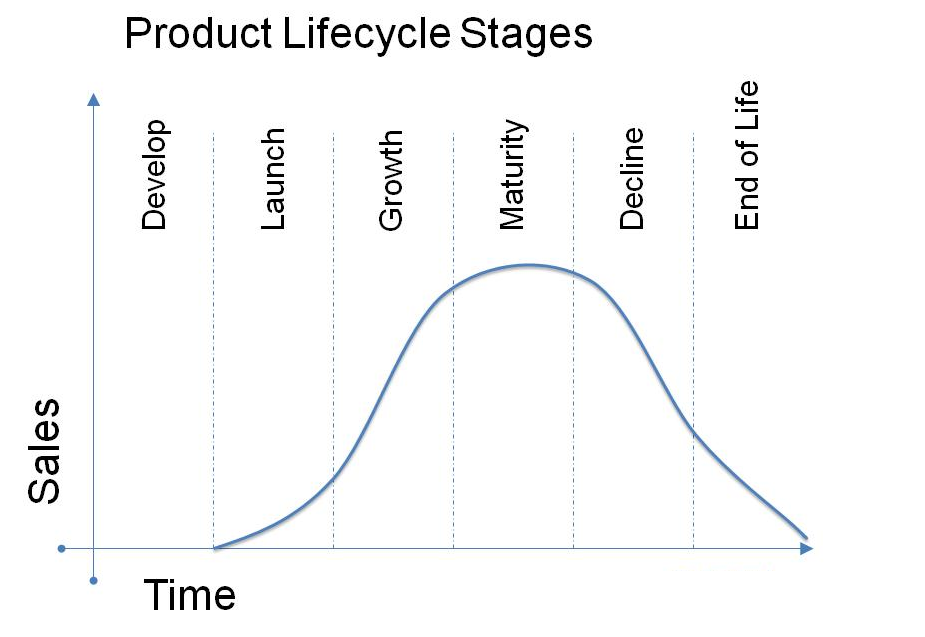
MYOB Exo was developed in New Zealand by Exonet in the 1990s. It was way ahead of its time and was the first ERP system to use Microsoft SQL and Delphi. The product benefited from investment by Solution 6 and later investment by MYOB. The product would currently be classified as a mature product. The benefit of a mature product is that with large numbers of users, most “bugs” have been dealt with. A mature product is stable and has broad and deep functionality. The advent of the web and connected services has given mature software a new lease of life, and the decline/end-of-life phase is unlikely to be reached within the next 10 years.
MYOB Acumatica is distributed under license to Acumatica hence MYOB is represented on the Acumatica board. Acumatica is the fastest growing ERP software in the world and is the first ERP system designed for the cloud. MYOB Acumatica has been localised for both Australian and New Zealand business conditions.
As the number of users grows, one can expect that the functionality gaps will be rapidly closed. One of the big benefits of SaaS is that bugs can be dealt with quickly and often without users even knowing that they have been identified and fixed. MYOB Acumatica allows other cloud software solutions to be embedded. End users will not be aware that they have switched from using one piece of software to another. For example, While MYOB Acumatica may be the core financial system, something like JAMS may be the manufacturing solution. This is embedded within MYOB Acumatica, and to the end-user, it looks and feels exactly the same.
7. Internet connectivity
Where a suitable internet connection is not available or where immediate response time is required, SaaS systems are not an option. Internet connectivity is not always consistent. This is a primary consideration before choosing an ERP system. MYOB Exo can run locally. Although some services within MYOB Exo do require an internet connection (for example, geolocations), these services are peripheral to the core, and the system will function well without an internet connection. Where MYOB Exo is hosted in a data centre, the internet connectivity requirements will be the same for MYOB Acumatica.
Because MYOB Acumatica is SaaS, it is hosted centrally via Amazon Web Services in Australia. By its nature, SaaS requires a fast internet connection. As data is being uploaded and downloaded, a synchronous internet connection is preferred.
8. Multi-company and general ledger
While the MYOB Exo General Ledger allows extensive configuration, there is a single control account for each of the sub-ledgers (debtors, creditors and stock). This means that while a Profit and Loss statement (P&L) can be produced for each branch or division, it is difficult to produce a Balance Sheet for each branch or division. If a Balance Sheet is required, branches or divisions can be dealt with as companies, but this then requires intercompany consolidation.
MYOB Acumatica has a very flexible General Ledger structure. As a result, transactional dimensions can easily be added and reporting lines configured. Budgets in MYOB Acumatica can flow down to the different GL dimensions described above.
Multiple divisions can be catered for with both P&Ls and Balance Sheets. Multiple companies are well handled with a smooth consolidation process. MYOB Acumatica can manage multiple countries, multiple currencies and multi-company requirements. Therefore, businesses can set up and automate deferred revenue and expense schedules.
MYOB Acumatica provides native drill-down functionality, therefore you have the ability to drill down from financial reports to source transactions. Although MYOB Exo does provide consolidation functionality, these need to be run in a separate database, whereas MYOB Acumatica features live consolidations and intercompany transaction processing.
MYOB Acumatica allows you to group companies within one company site, which means there is no need to log in and out of multiple companies.
9. Platform and Architecture
MYOB Exo requires custom development to fit business requirements around system automation or workflows. One of the popular features within the MYOB Acumatica platform is the ability to natively automate across many areas of the system. For example, MYOB Acumatica uses automation to simplify the allocation of payroll expenses to projects and accounts.
MYOB Exo is more limited in auditing capabilities but can be enhanced with further development, whereas MYOB Acumatica has auditing capabilities natively built-in across many areas of the system.
In terms of mobility, MYOB Exo is limited with Exo OnTheGo however, connected services can assist in this area. In contrast, MYOB Acumatica has mobile applications that have been developed and enhanced. The application is responsive and accessible on most devices.
Furthermore, if you are a larger, more complex business that would benefit from automation, mobility, remote access and multi-company management all in one, MYOB Acumatica could be the solution to your pain points.
How can software solutions improve real businesses?
The Arcadia Corporation successfully transitioned into the cloud and achieved a single, efficient platform from which they now manage Accounts, Inventory Management and CRM. Moving from MYOB Exo to MYOB Acumatica improved functionality and provided end-to-end management of its products. Additionally, integrations with their core business management system enhanced visibility and simplified reporting for the finance and sales teams.
Learn more about the real benefits of moving your organisation into the cloud by reading the MYOB case study here.
Where to from now
If you are currently seeking an ERP, we are here to determine the best solution for your business requirements. If any questions arise, don’t hesitate to contact the friendly Kilimanjaro Consulting Team. Discover our difference, and what sets us apart from other software consultants. Call 1300 857 464 (AU) or 0800 436 774 (NZ) for a free consultation today or email sales@kilimanjaro-consulting.com.

